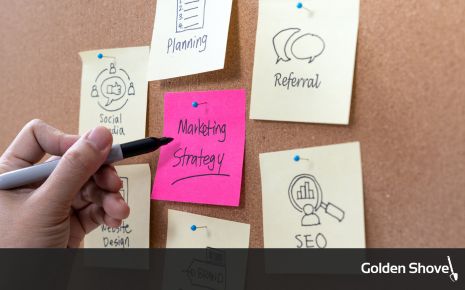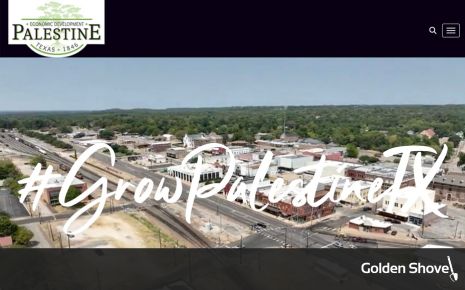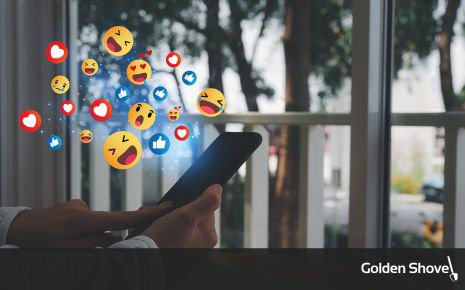Navigating Budget-Friendly Marketing: A Guide for Tourism Professionals

15 Apr 2024
News, Tourism, Marketing
In the ever-evolving landscape of tourism, organizations consistently grapple with the challenge of maximizing their marketing efforts on limited budgets. As digital marketing becomes an indispensable part of the marketing mix, it's paramount for tourism professionals to leverage budget-friendly strategies. This guide aims to shed light on key strategies and insights, helping tourism groups optimize their resources to drive engagement and attract more visitors.
Essential Digital Marketing Strategies
Search Engine Optimization (SEO) and Content Marketing for Enhanced Online Visibility
The cornerstone of digital marketing in tourism is the duo of SEO and content marketing. This journey commences with thorough keyword research, focusing on long-tail phrases that resonate with prospective travelers’ searches. The creation of content tailored to the traveler’s journey, from initial curiosity about destinations to the detailed planning stages, is crucial. This encompasses not only informative blog posts and guides but also engaging multimedia elements such as videos and infographics, all designed to captivate and inform the audience. HubSpot’s research underscores the value of this approach, indicating that businesses focused on blogging are 13 times more likely to see a positive ROI. Optimizing on-page elements – titles, meta descriptions, and headers – further ensures search engine and user-friendliness. A mobile-optimized website also enhances accessibility and engagement.
Strategies for Social Media Engagement and Growth
Social media platforms are unparalleled in their capacity for storytelling and direct audience engagement. Choosing the right platforms is crucial, with visually oriented ones like Instagram and Pinterest acting as ideal showcases for destinations. A well-planned content calendar that combines stunning visuals, compelling narratives, and user-generated content can cultivate a dynamic community. Active engagement with this community through responses to comments, content sharing, and participation in social trends boosts visibility and strengthens connections. Statistica reports a significant majority of marketers find their social media efforts to be effective in achieving their business goals.
Maximizing Visitor Engagement Through Email Marketing
Email marketing remains an effective method for maintaining relationships with previous visitors and encouraging their return. Segmenting email lists based on detailed criteria allows for the creation of personalized campaigns featuring exclusive offers, attraction updates, and destination stories, all tailored to the recipient’s interests. Automation tools enhance this strategy by facilitating trigger-based emails, ensuring content engagement with minimal effort. Campaign Monitor’s findings reveal that personalized emails outperform their generic counterparts by six times higher transaction rates.
Optimizing Marketing Spend
Advertisement and Partnership Evaluation
Evaluating advertising costs and strategic partnerships are critical in tourism marketing, ensuring maximum ROI and budgetary efficiency. It’s vital for marketers to choose advertising channels and mediums that align with the target audience’s preferences, ensuring efforts resonate and engage effectively. Utilizing analytics tools for detailed campaign tracking allows for optimization of budget allocation and performance.
The cost-per-acquisition (CPA) metric is indispensable, providing insight into the investment required to convert interest into actual visits. Diversifying advertising efforts across different formats and platforms helps identify the most cost-effective channels for engaging potential visitors and boosting conversion rates.
Partnerships, especially when considering sponsorship opportunities, require a nuanced evaluation of potential ROI. The initial appeal of event sponsorships needs careful consideration against the backdrop of actual visitor engagement and conversion impacts. Partnerships that promise more direct engagement with the target audience, such as collaborations with influences or local businesses, offer a tangible ROI, ensuring that marketing funds are allocated to the most effective channels.
Case Study: Momentum West Digital Campaign
Momentum West, a regional economic development agency in West-Central Wisconsin, faced a significant challenge in raising awareness and attracting site selectors and workforce to the region, despite its many advantages like low costs, quality of life, and proximity to major cities and universities.
To address these challenges, Momentum West partnered with Golden Shovel Agency to enhance its online presence. This partnership led to the creation of a microsite with a series of dynamic videos and testimonials showcasing the region’s opportunities. The microsite served as an extension to their primary website, enriched with a wealth of regional information and economic development tools.
A targeted digital advertising campaign was launched across multiple platforms, including Google, LinkedIn, Facebook, and YouTube. This strategy was designed to drive traffic to the microsite and generate interest among specific audience segments, such as potential new residents and site selectors.
The campaign results were significant, generating over 675,000 impressions and more than 7,000 clicks across all platforms. Specific outcomes included:
- Facebook: Achieved 206,029 impressions and 1,159 clicks.
- LinkedIn: Targeted industry leaders and site selectors, garnering 133,105 impressions and 861 clicks.
- Google: Led with 434,905 impressions and 5,367 clicks, indicating strong interest and engagement.
- YouTube: Showed an impressive 31.41% engagement rate.
The comprehensive digital marketing strategy implemented by Momentum West and Golden Shovel not only increased the visibility of the region but also positioned it as an attractive destination for business and talent, backed by data-driven results and strategic content delivery.
Expanding Your Marketing Toolkit
In addition to digital marketing strategies, there are several other cost-effective tactics that tourism professionals can explore:
- User-Generated Content (UGC): Encourage visitors to share their experiences on social media using branded hashtags. UGC not only serves as authentic testimonials but also extends the reach of marketing efforts organically.
- Local SEO Optimization: Focus on optimizing online listings, such as Google My Business, Yelp, and TripAdvisor, to improve visibility in local search results and attract visitors who are already in the area.
- Community Engagement Events: Host free or low-cost events that showcase the destination's culture, heritage, and attractions. These events not only drive local engagement but also generate buzz and positive word-of-mouth marketing.
- Email Automation: Implement email automation tools to streamline communication and nurture leads effectively. Automated email workflows can deliver relevant content based on user preferences and behaviors, enhancing engagement and conversion rates.
Crafting Lasting Impressions for Sustainable Growth
In today's competitive tourism landscape, maximizing the impact of a limited marketing budget is essential for success. By prioritizing digital marketing essentials, evaluating the cost-effectiveness of partnerships, and implementing budget-friendly tactics, tourism organizations can attract visitors, drive engagement, and achieve sustainable growth. With strategic planning and innovative approaches, even modest budgets can yield significant results in promoting destinations and creating memorable visitor experiences.
More Topics


Revolutionizing 3D Printing: Austin 3D Printing Supplies Opens its Doors in Pflugerville
Apr 10 2024


